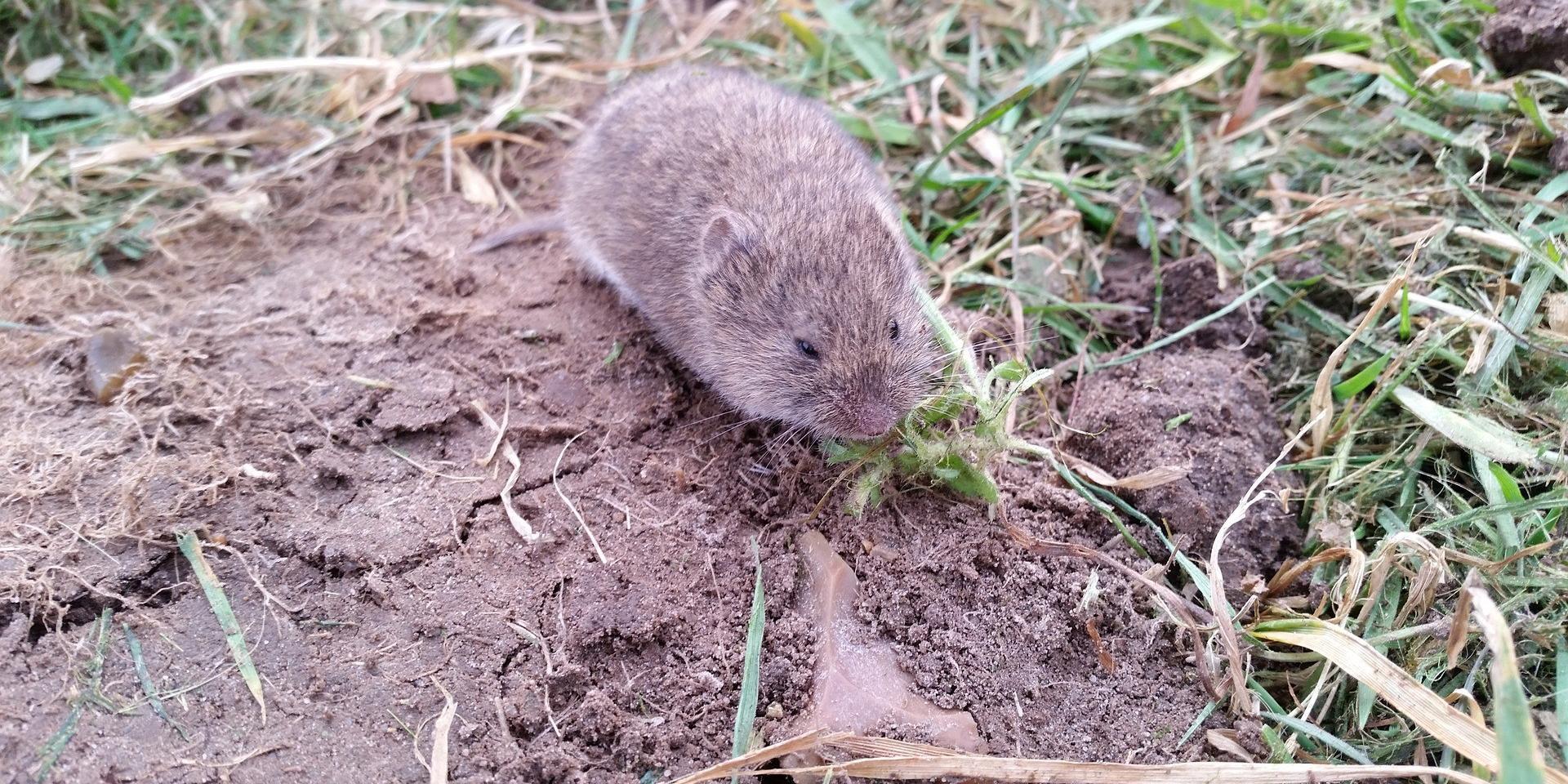Comprehensive Vole Pest Control Services in Utah
Comprehensive Overview to Reliable Vole Insect Control: Infestation Identification and Treatment Methods
In the world of reliable pest control, vole problems present a distinct obstacle that requires a critical strategy. By discovering the nuances of vole actions, understanding key indications of infestation, and assessing a range of control choices, one can develop a detailed method to deal with these evasive bugs.
Comprehending Vole Behavior
Vole actions is identified by their delving practices and fast recreation prices, making them a difficult parasite to regulate properly. These little rats usually develop complex tunnel systems underground, utilizing them for shelter, food storage, and transport. Voles are herbivores, taking in a variety of plants, bulbs, origins, and lawns, which can trigger substantial damages to gardens, orchards, and grass. Their rapid reproductive rate additional makes complex control efforts, with females capable of producing numerous clutters in a solitary year, each containing a number of offspring.
Understanding vole habits is crucial for reliable pest control strategies. By recognizing their burrow locations, keeping an eye on feeding areas, and applying targeted control techniques, such as capturing or environment adjustment, vole infestations can be handled efficiently.
Indications of Vole Infestation

Avoidance Techniques
Implementing efficient avoidance approaches is critical in lessening vole problems and guarding plants from their destructive feeding practices (vole control utah). To stop vole infestations, it is necessary to begin by eliminating possible food sources and shelter. Maintain grass and plants trimmed short, eliminate weeds and particles, and maintain a neat yard or lawn to make the area less attractive to voles. Installing obstacles such as hardware cloth or underground secure fencing can also assist prevent voles from getting in particular locations. In addition, decreasing excess moisture by dealing with leaking pipes and making sure correct drain can make the environment less hospitable for voles.
Routinely inspecting the residential property for indicators of vole task, such as paths and tunnel openings, is crucial for very early detection and punctual action. If vole task is thought, think about using repellents or catches strategically positioned near their paths.
Non-Lethal Control Methods
To properly handle vole populations while prioritizing humane approaches, non-lethal control methods use sensible options for reducing vole damage in landscapes and yards. These obstacles can be buried at least 12 inches curved and deep at a 90-degree angle to prevent voles from delving below.

Lethal Control Options
One efficient technique for resolving vole problems in landscapes and yards entails the critical use of deadly control alternatives. When faced with a severe vole infestation that non-lethal methods have actually fallen short to consist of, implementing deadly control steps becomes essential. In general, when employing lethal control choices, it is necessary to do so sensibly and in conformity with neighborhood policies to effectively manage vole infestations.
Verdict
To conclude, reliable vole parasite control needs a thorough understanding of vole actions, recognition of signs of problem, implementation of avoidance strategies, and use of both dangerous and non-lethal control techniques. By incorporating these strategies, individuals can properly handle vole populaces and shield their home from damages. It is very important to resolve vole infestations immediately to stop additional issues and lessen the impact on the surrounding environment.
Given the intricate passage systems and fast reproduction rates characteristic of voles, recognizing the indications of vole infestation becomes necessary in effective parasite control. One of the primary indicators of vole existence is the presence of surface area paths or tracks in yard or snow, generally concerning 1-2 inches vast, developed as voles take a trip between their burrows and food resources.To efficiently handle vole populations while prioritizing gentle techniques, non-lethal control methods offer practical services for decreasing vole damage in gardens and landscapes.One efficient method for addressing vole problems in landscapes and yards involves the calculated use of dangerous control choices. vole lawn damage.In verdict, efficient vole parasite control calls top article for a comprehensive understanding of vole actions, identification of indications of invasion, execution of avoidance strategies, and application of both lethal and non-lethal control methods